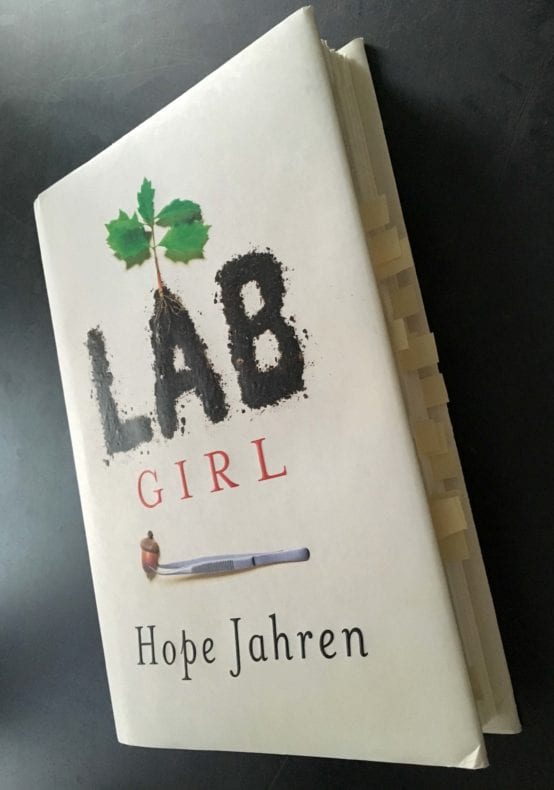
We abandoned the autobiographical portion of Hope Jahren’s Lab Girl at page 35 to skip through to the short chapters interspersed within in it. They comprise 50 or so pages of superb writing about the secret life of plants. We wish we could transform those pages into a separate little book that, as we imagine was Jahren’s intention, provide hopeful metaphors for our own very human lives: Roots and Leaves, Wood and Knots, Flowers and Fruit. Instead, we’ve tabbed the chapters so we could turn to them easily. Here are some that expand the view:
It turns out that there is no “right” or “wrong” way to grow into a hundred-year-old tree: there are only ways that work and ways that do not.

…
A seed knows how to wait. Most seeds wait for at least a year before starting to grow; a cherry seed can wait for a hundred years with no problem. What exactly each seed is waiting for is known only to that seed. Some unique trigger-combination of temperature-moisture-light and many other things is required to convince a seed to jump off the deep end and take its chance—to take its one and only chance to grow…
…When you are in the forest, for every tree that you see, there are at least a hundred more trees waiting in the soil, alive and fervently wishing to be…
…After scientists broke open the coat of a lotus seed (Nelumbo nucifera) and coddled the embryo into growth, they kept the empty husk. When they radiocarbon-dated this discarded outer shell, they discovered that their seedling had been waiting for them within a peat bog in China for no less than two thousand years. This tiny seed had stubbornly kept up the hope of its own future while entire human civilizations rose and fell. And then one day this little plant’s yearning finally burst forth within a laboratory. I wonder where it is right now.
Each beginning is the end of a waiting. We are each given exactly one chance to be. Each of us is both impossible and inevitable. Every replete tree was first a seed that waited.
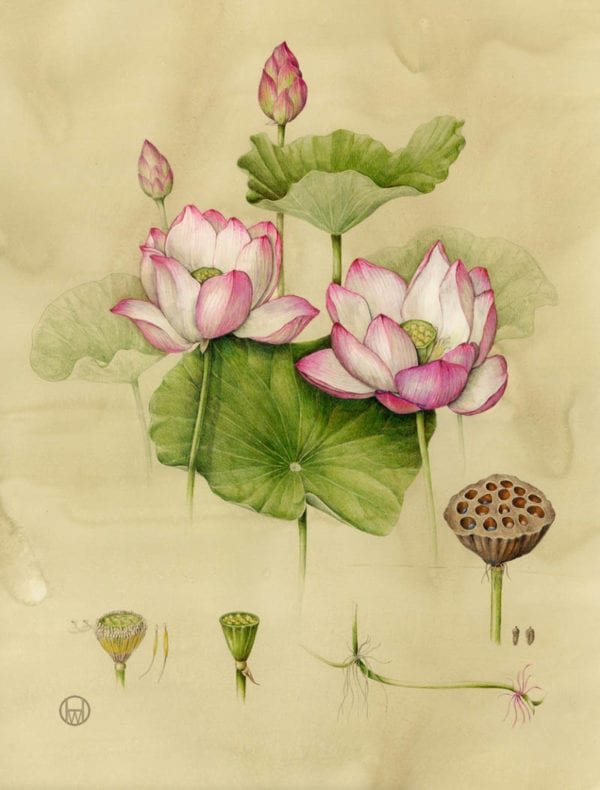
…
A vine makes it up as it goes along.

…
Every piece of wood in your house—from the windowsills to the furniture to the rafters—was once part of a living being, thriving in the open and pulsing with sap. If you look at these wooden objects across the grain, you might be able to trace out the boundaries of a couple of rings. The delicate shape of those lines tells you the story of a couple of years. If you know how to listen, each ring describes how the rain felt and the wind blew and the sun appeared every day at dawn.
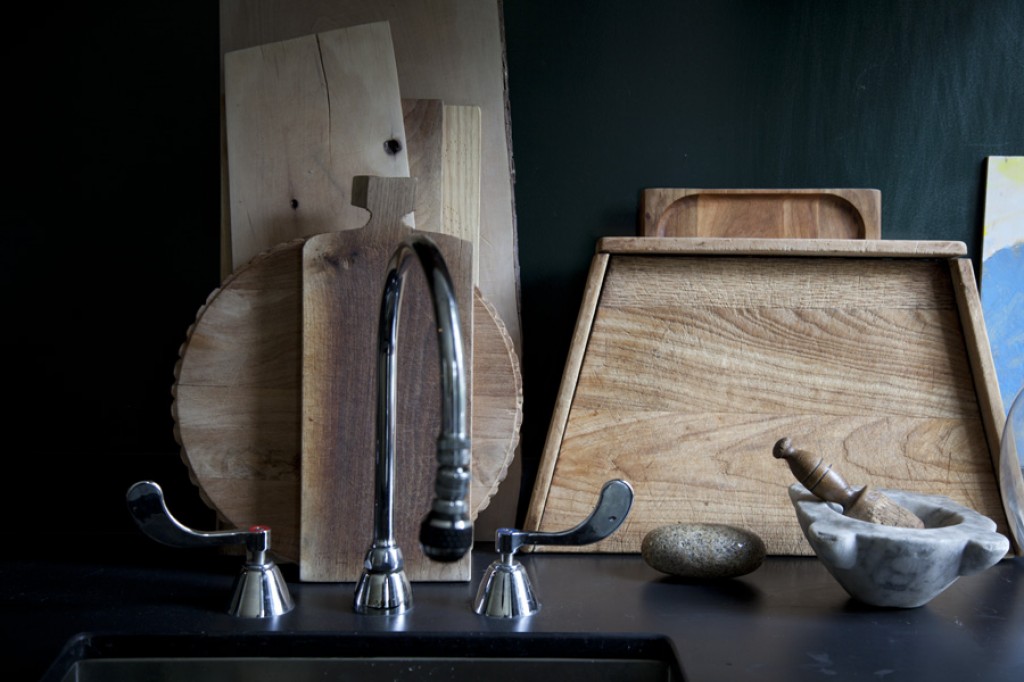
Illustration of the life cycle of a lotus by Wendy Hollender’s lovely Drawing in Color.

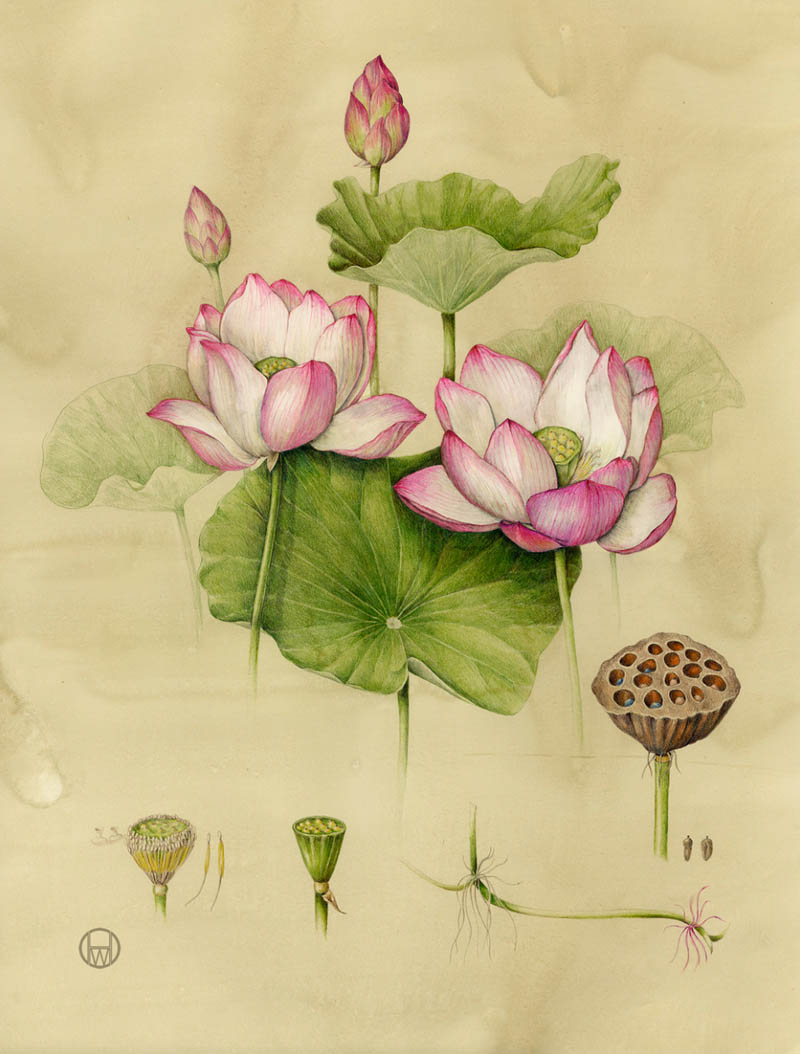
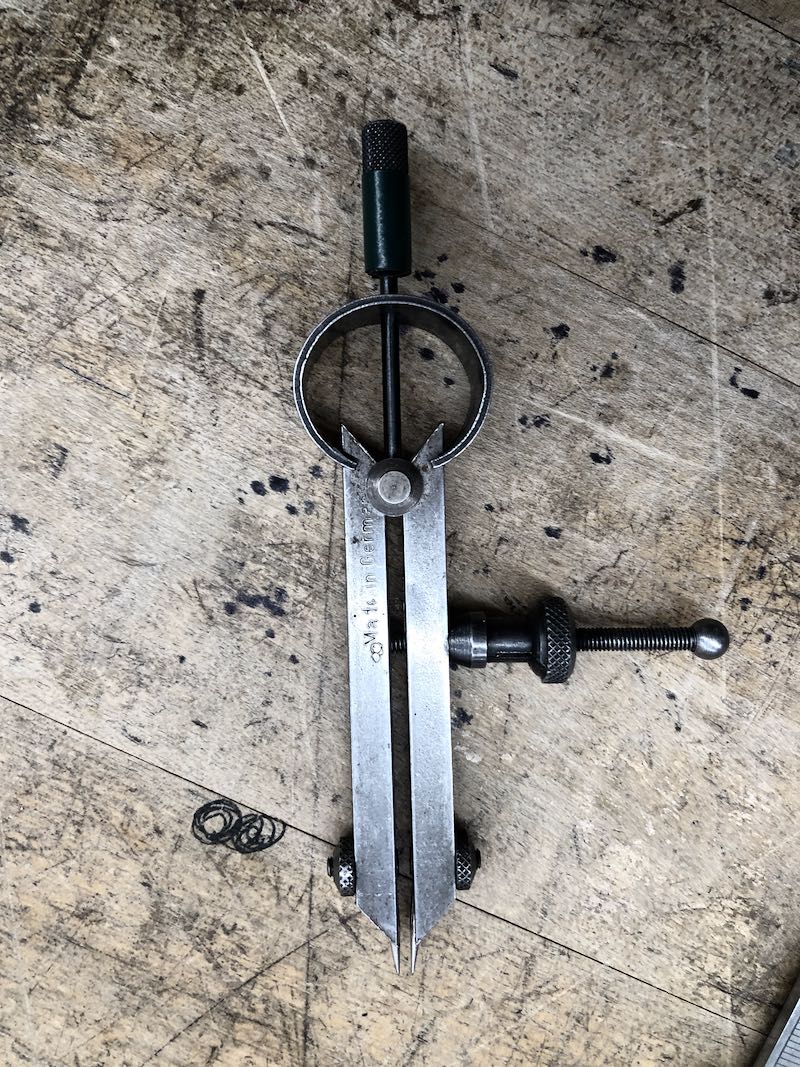
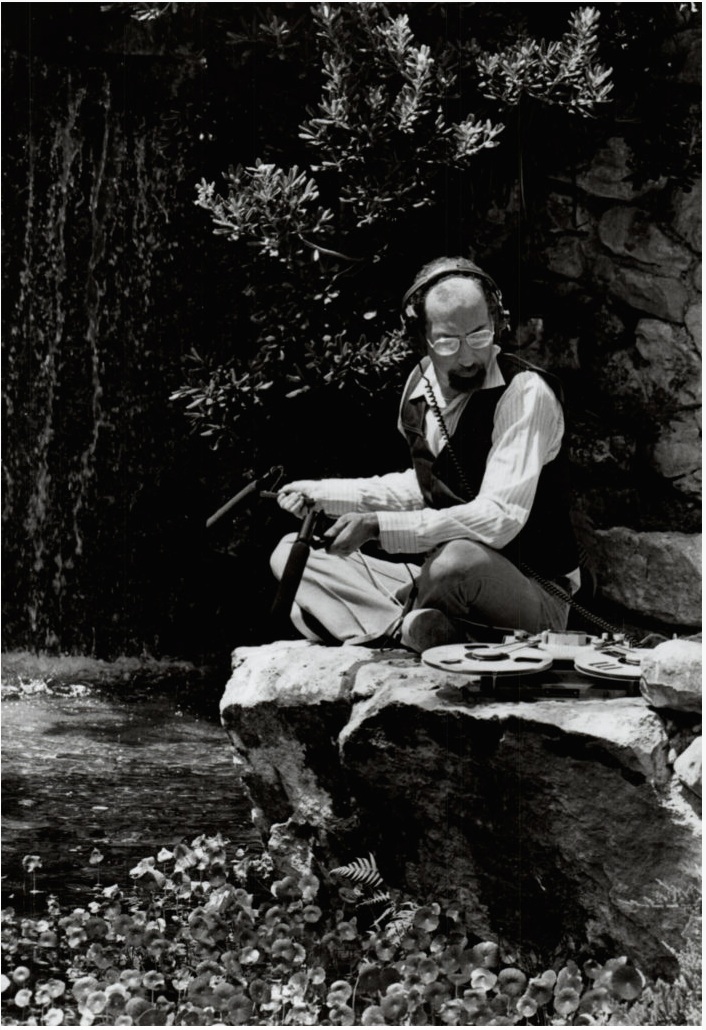

Hi, Sally,
I was stunned to discover that you did exactly the same as I did with “Lab Girl”, skipping to her extraordinarily perceptive botany chapters — little inspirational essays, really — that show the facts of plant life in a novel and haunting way. Much like poetry. I was also stunned to see Wendy Hollender’s work in your post. Wendy is a fabulous instructor of botanical drawing, unlocking for me one of the greatest pursuits in my life. I did not realize I could draw until I took her classes. Fond regards to you! Julie
Funny. Although the book got raves, I find I just didn’t really care to read the autobiography part, except to skip through. But her nature writing is terrific. I wonder if she or her editor just didn’t dare to leave it at THAT. It also seemed like she was trying to emulate H is For Hawk which is a personal story I was riveted by.
And finding Wendy Hollender’s site was a gift. I recommend everyone stop by to look at her beautiful prints.
First, It reminds me of Wohllebens findings .
Second, The seed as zen (master ) ~
Third, is once again corresponding with a subject i dealt with today; in this case : disability and needing time for things to come together to work out. and maybe still when you least expect it . and though you are afraid to run out of time .
Fourth, Forget about time and remain in the now , i get it more and more. Your past, present and future all exist in the now, only .
or, keep looking a the stars
as a lovely friend told me
ps . that tree is dancing ~
Hi, I hope any of you who did skip the autobiographical parts of the book will reconsider and try again. I agree with all that’s been said about her skill as a nature writer but I also found the parts that dealt with her efforts to have (and be able to support) a lab very insightful.
Perhaps I am biased – our granddaughter is now in a PhD research program in psychology. Funding and support for this, like funding for almost all lab work in any field is dimishing at such a rapid pace that folks like Joy Jahren may not long have labs at all. This is a very serious problem in the scientific community and we need to speak up in support of generous (even just adequate) funding. I think Jahren’s story makes as good a case for that as her nature writing makes for trees.
oops… Of course I meant Hope rather than Joy though now that I think of it, either name would fit perfectly.
Hi Ellen, Thanks for your comment. It makes very clear, in a few lines, a very important issue. And it IS admirable that Jahren’s was able to have and support a lab.
Most likely what Jahren’s book suffers from lack of a good editor, as most do these days. That, too, is something that is rapidly diminishing, and is sadly making for deeply flawed books, or simply, books that could have been better.
Your comment outlines the bigger issue, and calls readers to view Jahren’s autobiographical threads through a different lens. Gracias!